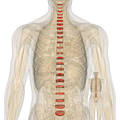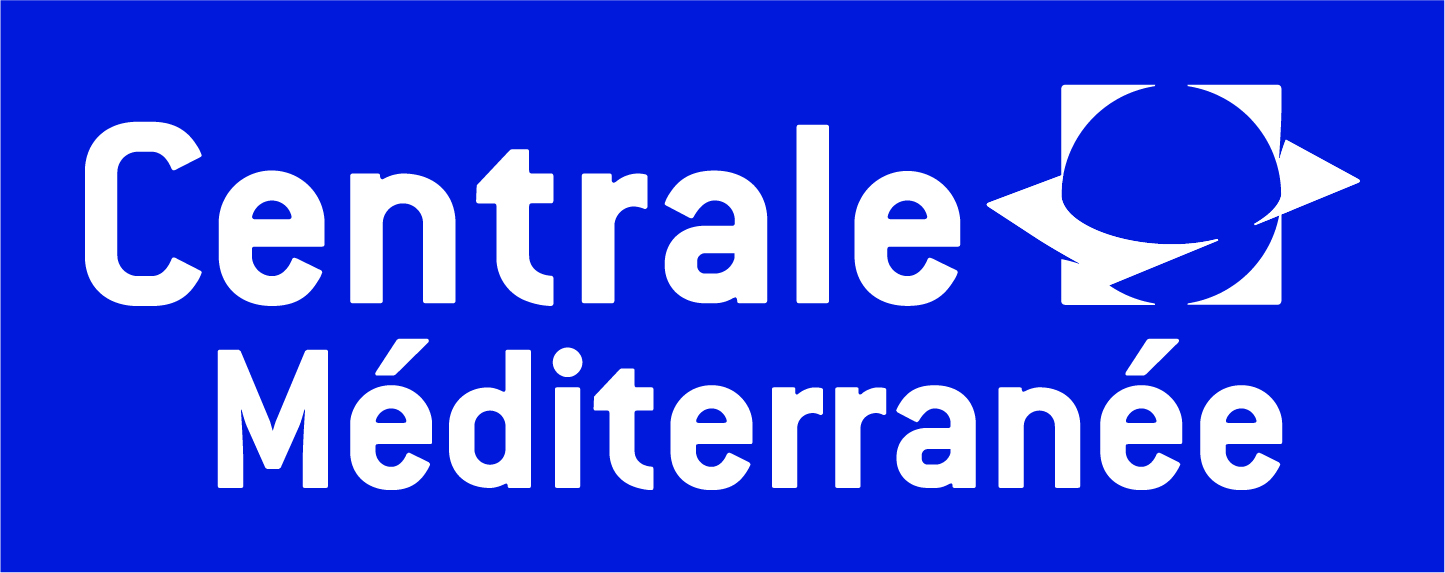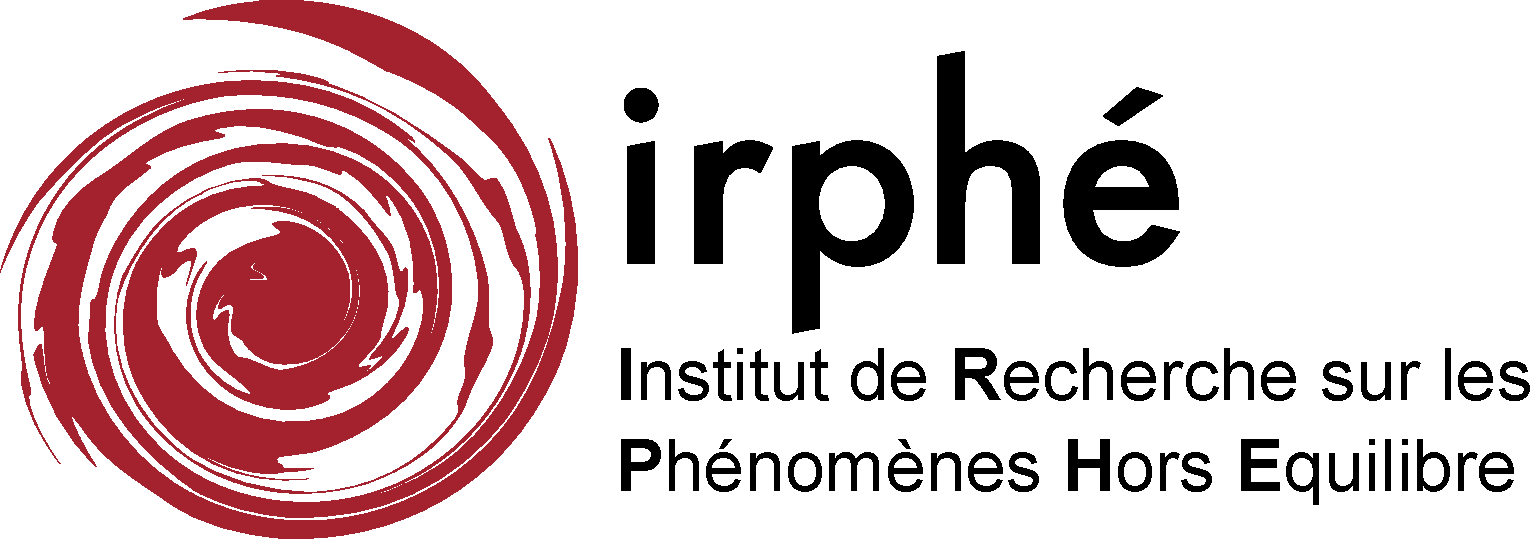Introduction
My main interest in this area concerns tissue degeneration with clinical application to the intervertebral disc degeneration. Intervertebral discs (IVDs) are amazing organs as they are the largest avascular organs in the body, are also innervated and exhibit a very high water content (more than 75% in mass). They ensure the mobility of the spine and are therefore highly mechanically stressed throughout life which can lead in certain situations to an early degeneration of the organ. It's an usual cause of low back pain.
Theoretical approach
Our theoretical approach to study the coupling between mechanics and disc degeneration consists in considering IVDs as inhomogeneous porous media whose water content evolves according to mechanical loads. As the disc is avascular, the efficiency of the transport of nutrients necessary for the metabolism of disc cells within the Extra Cellular Matrix (ECM), which is essentially carried out by diffusive processes, varies according to its permeability and water content. The regulation of the water content of the discs thus plays a central role and it proceeds from a delicate balance between mechanical loading, internal osmotic pressure of the disc and permeability of the ECM. Our work has allowed us to highlight feedback loops between biology and mechanics that can lead to degeneration.
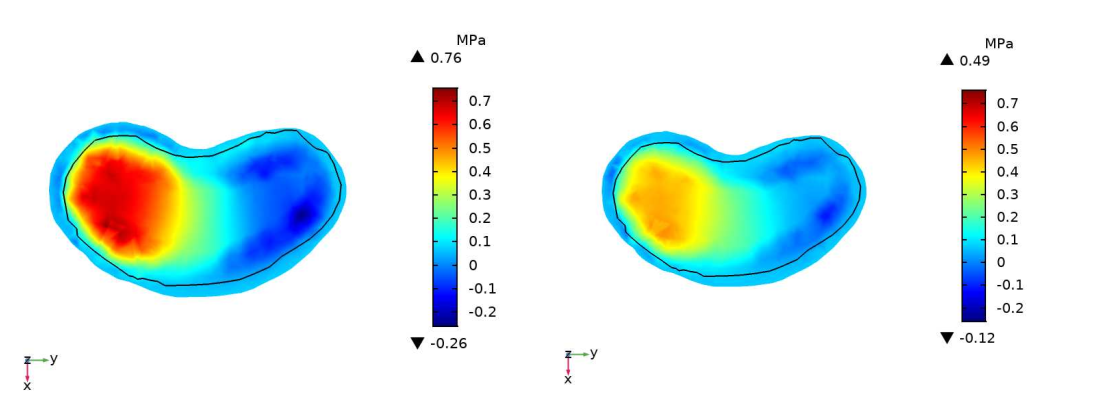
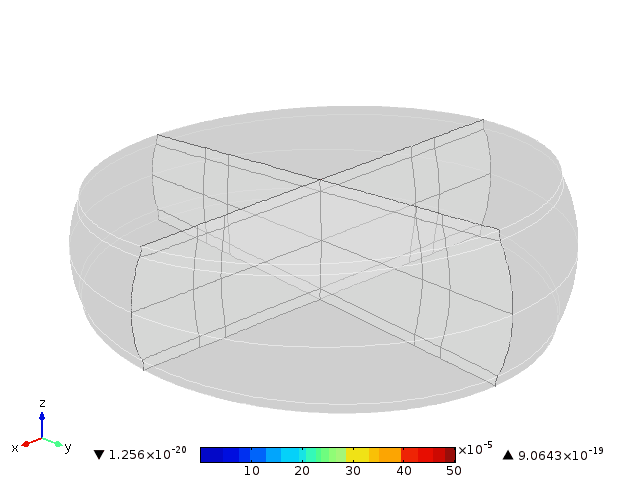
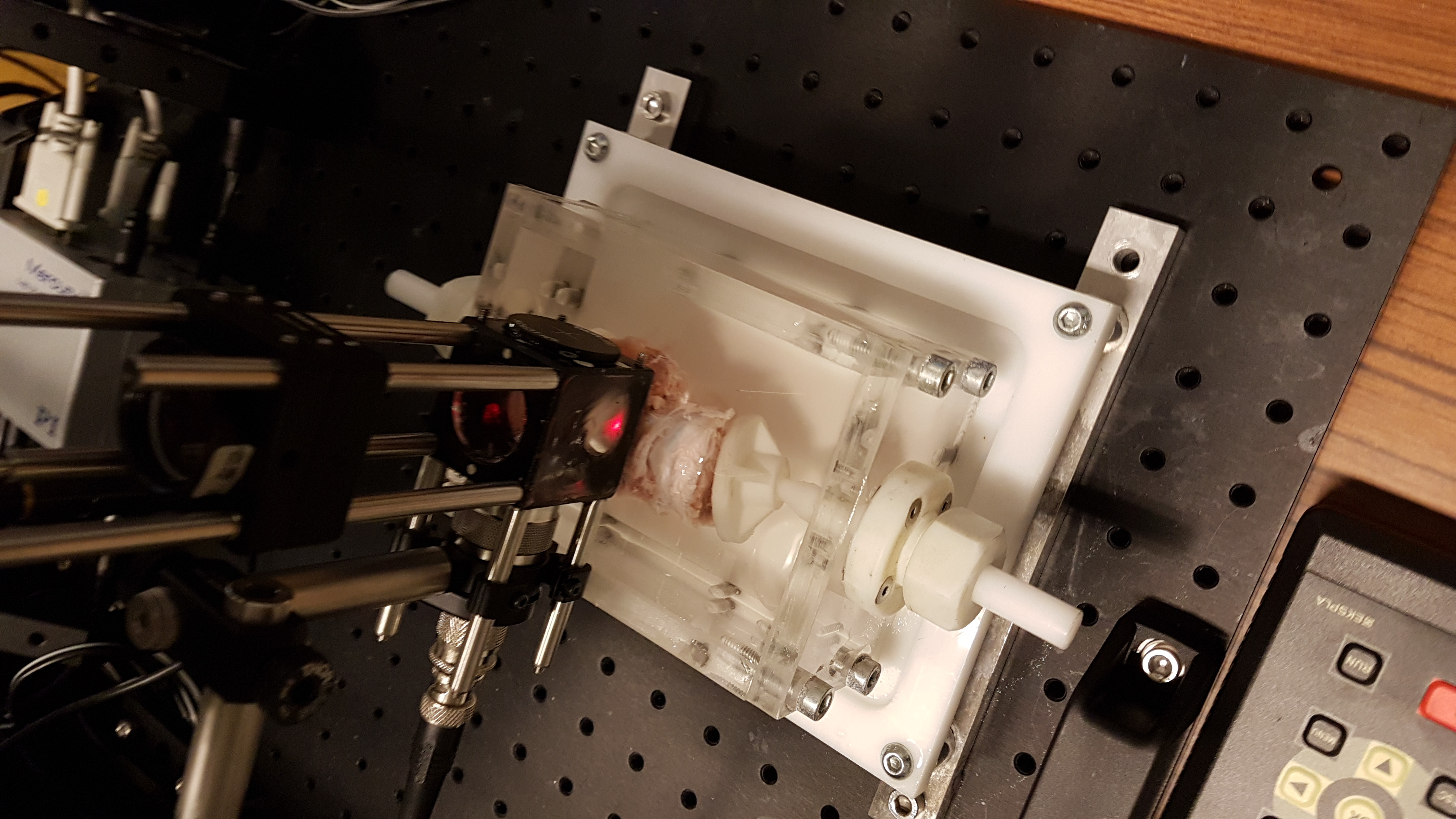
Quantitative imaging
The clinical diagnosis of disc degeneration is quite difficult in the early stages of the disease. In collaboration with the CRMBM CNRS UMR7339 we have been able to carry out an original work on the quantification of the water content in pig intervertebral discs. Using proton density weighted MRI it was possible to highlight the variations and rearrangements of the disc water content when the disc is mechanically loaded, validating the theoretical approach that we have developed. We are currently collaborating with the DIMABIO team of the Fresnel Institute at Marseille on the use of photoacoustics to carry out disc probing and quantitatively recover its molecular composition.
Recent articles and communications
- Allais, R. et al, Intervertebral centres of rotation locations during lateral bending and axial rotation: new biomechanical insights, Scientific Reports, 2022, submitted
- Capart, A. et al, Quantitative Photoacoustic Reconstruction of the Optical Properties of Intervertebral Discs Using a Gradient Descent Scheme, Photonics, 2022, (9)2, 116, doi.org/10.3390/photonics9020116
- Allais, R. et al, New insights on the intervertebral disc center of rotation during flexion, 9th World Congress of Biomech., 10-14 july 8-12 2022, Taipe, Taiwan.
- Capart A. et al , Assessment of intervertebral disks viability with quantitative photoacoustic tomography, Biophotonics congress : Biomedical optics, 24-27 april 2022, Fort Lauderdale, USA.
- Metwally K., et al , Probing intervertebral discs with photoacoustics, Proc. SPIE 11077, Opto-Acoustic Methods and Applications in Biophotonics IV, 110771P (19 July 2019); doi.org/10.1117/12.2527053
- Chetoui, M. A. et al , Assessment of intervertebral disc degeneration-related properties using finite element models based on ρ-weighted MRI data, Biomech Model Mechanobiol, 2019, 18(1):17-28, doi: 10.1007/s10237-018-1064-1
- Ghiss M. et al, Quantitative MRI water content mapping of porcine intervertebral disc during uniaxial compression, Comput Methods Biomech Biomed Engin, 2016;19(10):1079-88 doi.org/10.1080/10255842.2015.1101072
Contributors
- Senior researchers: V. Deplano (CNRS IRPHE), A. Da Silva (CNRS Fresnel), MD P. Tropiano (AP-HM La Timone), B. Giannesini (CNRS CRMBR).
- PhD students: C. Magnier, M. Etienne, M. Ghiss, M. Chetoui, A. Capart, R. Allais.
